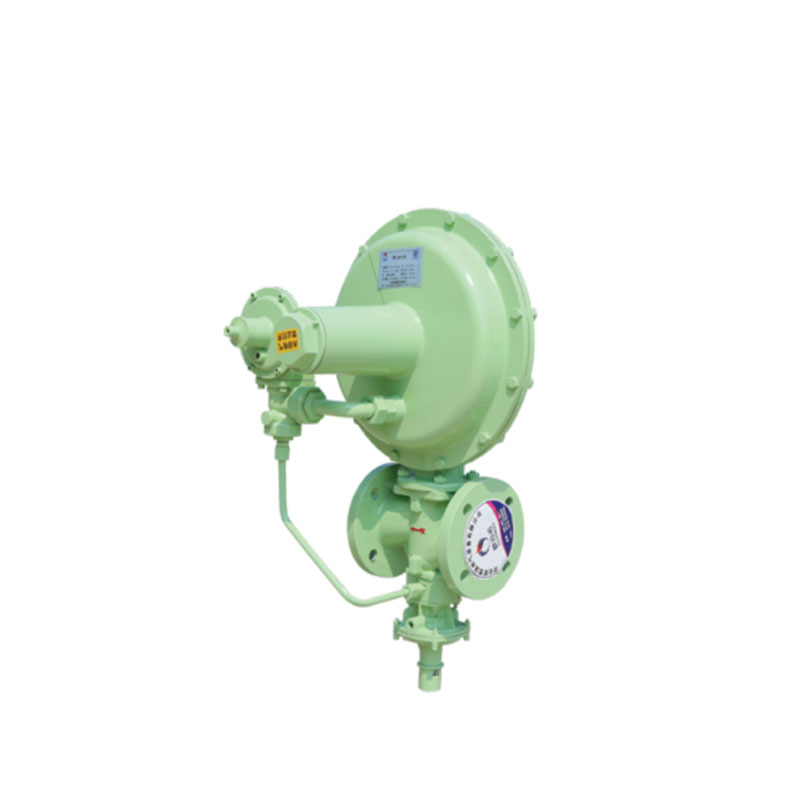
Jul . 20, 2024 11:05
Back to list
Ensuring Safe Operation of Natural Gas Systems with Reliable Safety Valve Solutions for Industry Applications
Understanding the Importance of Natural Gas Safety Valves
Natural gas has become an integral part of our daily lives, powering everything from our stoves and heaters to our industrial operations. However, the transportation and use of natural gas entails certain risks, particularly the potential for leaks or pressure buildups that could lead to catastrophic failures. This is where natural gas safety valves play a crucial role. This article explores the importance, functionality, and types of safety valves used in natural gas systems.
What Are Natural Gas Safety Valves?
Natural gas safety valves are devices designed to control the pressure within gas systems to prevent unsafe conditions. These valves automatically release excess pressure to protect pipelines, equipment, and facilities from damage that could result from over-pressurization. By ensuring that systems operate within designated pressure limits, safety valves contribute significantly to the safe handling of natural gas.
The Importance of Safety Valves
The significance of natural gas safety valves cannot be overstated
. They serve several critical functions1. Preventing Explosions One of the most pressing dangers associated with natural gas is the risk of explosions caused by pressure build-up. Safety valves automatically activate to release gas when pressure exceeds a predetermined limit, thereby preventing dangerous situations.
2. Protecting Equipment Excessive pressure can damage pipelines, compressors, and other equipment used in the transport and processing of natural gas. Safety valves ensure the longevity and reliability of these systems by mitigating the risk of mechanical failure.
3. Environmental Safety In addition to protecting people and infrastructure, safety valves are crucial for environmental safety. Gas leaks can lead to greenhouse gas emissions, contributing to climate change. By preventing leaks and managing system pressure, safety valves help minimize environmental impacts.
natural gas safety valve

4. Compliance with Regulations Energy companies are subject to stringent regulations regarding the safe handling of natural gas. The use of appropriate safety valves is often a regulatory requirement, ensuring that companies operate within legal standards to protect workers, the public, and the environment.
Types of Safety Valves
There are several types of safety valves specifically designed for natural gas applications
1. Relief Valves These are designed to open and relieve pressure when it exceeds a set limit, allowing gas to escape safely. Once normal pressure is restored, the valve closes automatically.
2. Shut-Off Valves These valves operate to stop the flow of gas entirely in the event of a detected pressure anomaly or leak, effectively isolating the affected section of the pipeline or equipment.
3. Back Pressure Valves These are set to maintain a designated pressure level within a system. They allow gas to flow out when pressure exceeds a specific point but prevent backflow that could lead to further complications.
4. Electronic Safety Valves Modern natural gas systems increasingly incorporate electronic safety valves that utilize sensors and automation to achieve real-time monitoring and control. These valves can provide alerts in case of pressure fluctuations or abnormalities, enabling prompt responses to potential issues.
Conclusion
Natural gas safety valves are indispensable components of any gas handling system. They serve as the first line of defense against pressure-related incidents, including explosions and equipment failures. By ensuring that natural gas operates within safe pressure limits, these valves not only protect lives and infrastructure but also contribute to environmental preservation. As technology advances, so too will the capabilities of safety valves, further enhancing our ability to harness natural gas safely and efficiently. Understanding and investing in these safety devices is essential for anyone involved in the natural gas industry.
Latest news
-
Safety Valve Spring-Loaded Design Overpressure ProtectionNewsJul.25,2025
-
Precision Voltage Regulator AC5 Accuracy Grade PerformanceNewsJul.25,2025
-
Natural Gas Pressure Regulating Skid Industrial Pipeline ApplicationsNewsJul.25,2025
-
Natural Gas Filter Stainless Steel Mesh Element DesignNewsJul.25,2025
-
Gas Pressure Regulator Valve Direct-Acting Spring-Loaded DesignNewsJul.25,2025
-
Decompression Equipment Multi-Stage Heat Exchange System DesignNewsJul.25,2025

